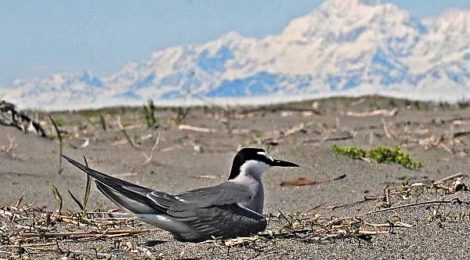
Alaskan Aleutian Terns Nearly All Gone
In the face of calamitous decline of ocean pasture habitat, what can be done?
Alaskan wildlife managers do no more than call for more research money as species after species of Alaskan marine-life approach extinction.
We can and must do more.
YAKUTAT — In early summer, pairs of biologists tiptoe through delicate fields of almost invisible camouflaged nests to flush and count Alaska’s largest population of breeding Aleutian terns.
Terns are an important part of this South-East Alaska community, so much so that every year it hosts a Tern Festival which attracts both locals and birders from around the world. But the festivals days are numbered as the Aleutian terns, the big attraction, are in desperate trouble.
“It is very challenging,” said U.S. Forest Service biologist Susan Oehlers, just back from a counting trip near this Southeast town. “It’s not perfect — it gives you just a rough estimate.”
It takes a keen eye and ear to identify the Aleutian terns, with their melodic whistle, from their nearly identical tern sisters, the Arctic tern. Both are flying aces, wheeling, hovering and plunging up to 30 mph into the sea to catch small fish. It’s the small fish here and elsewhere on their ocean pasture that are fast disappearing and once flourishing green oceans are turning into clear blue deserts.
Of recent the larger Caspian tern has begun showing up in the same territory of small terns. The bigger birds are better able to survive the ocean famine that is wiping out the small terns.
“We never used to see them at all,” said Oehlers, who counted six Caspian terns on a recent trip.
A multi-agency and public effort to count and learn more about the Aleutian tern is now an annual effort. The counts clearly show the Aleutian terns are disappearing from their Alaska breeding grounds. Published last year in the journal Marine Ornithology, the first analysis of population trends showed a 92 percent decline in about 30 years. Researchers wrote that the data could herald “an almost unparalleled population crash” of the Alaska seabird.
“Let me know if I’ve missed one,” says local birder Dave Duffy speaking to residents and visitors gathered for his keynote speech, titled “As the World Terns.”
“To me personally, they’re an amazing beauty and certain inspiration,” he said. “And they manage to do this amazing migration.”
Incredible migrations
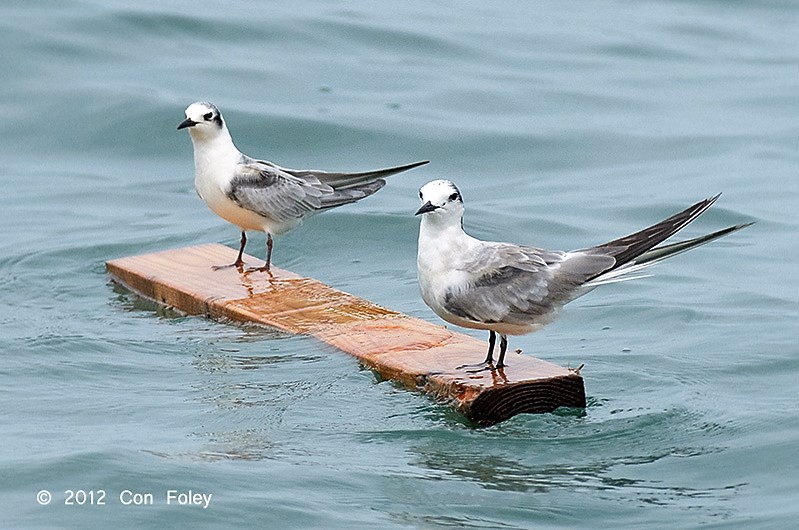
This pair of Aleutian Terns delight birders in Singapore in SE Asia where they are often spotted testifying to their nature as world travellers.
The closely related Arctic tern holds the record for the longest bird migration, flying up to 50,000 miles in a single, practically from pole to pole, including crossing the Andes.
The less-studied Aleutian terns are believed to head west across the Aleutian Chain as they leave Alaska by way of Kamchatka in the Russian Far East and turn south to fly over the Korean Peninsula and the troubled South China Sea.
Ocean Pasture Collapse
Terns are like the canaries miners used to take into coal mines to warn them of deadly gases building up. When the canary died the miners ran for safety. Today ocean pastures that have forever sustained vast plankton blooms the very bottom of the ocean food chain are in trouble in all of the worlds Seven Seas. The demise of plankton that feed the small fish that feed the terns is a problem that ought to be simple to understand. In coastal Alaska, terns and other seabirds still find rich coastal waters that are nourished by the flow of nutrients from rivers and glaciers.
The root cause of global ocean pasture collapse is our high and rising CO2. As humanity has increased the amount of CO2 in the air by 40+% over the past century that CO2 that nourishes green plant on land is doing just that, more grass is growing all over the world and is widely reported as “Global Greening.”
One might think that all the additional greenery is a good thing, indeed many climate change denialists loudly proclaim that global greening is evidence that the nearly trillions tonnes of humanities additional CO2 is all for the good. It is just not so.
MORE GRASS GROWING MEANS LESS DUST BLOWING.
For plants that live on land with their roots in mineral soil whether they survive and thrive is almost entirely due to whether it rains or not. When the rain doesn’t arrive on the winds droughts result and eventually in unrelenting drought the land turns into a barren desert.
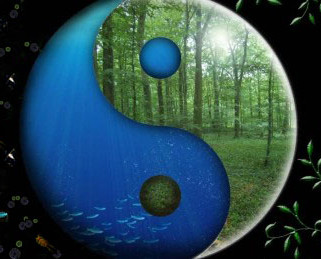
Rain and Dust in the wind are the Yin and Yang for pastures on land and at sea without either their respective pastures become deserts. – Click for more
For plants that live in the ocean, the phytoplankton, they live in water what they need to survive and thrive is the gift from the land of mineral dust that comes to them on the winds. As this world that is far more grassland than forest becomes ever greener, the grass covering the land is preventing the dust from blowing in the wind.
This drought of dust has been observed to be ongoing for 50 years now and in the face of that prolonged drought of dust once flourishing ocean pastures have turned into desolate clear blue deserts.
For the Aleutian terns, a delicate ocean canary you might say, they are disappearing fast. It’s a long way for them across the vast blue desert of the Pacific Ocean to go without a bite to eat.
It’s not just the tiny Aleutian Terns of Alaska that are being reported to be in trouble. It’s also seabird to the South along the coast of Washington state where the worst seabird die off ever is taking place. That’s the same region where great whales have suddenly shown up in the Salish Sea when they would normally be fattening up on distant ocean pastures. That the whales are in trouble is certain as for the past several years the largest of all animals on this blue planet, the great whales are being found starved to death and washed ashore on Alaskan and Canadian shores.
We can and must restore ocean pastures and save the Aleutian Terns
What we do to save the Aleutian Terns is not just for them. By restoring their and our ocean ecosystems we can make it possible for them to survive and that means we will too! These delicate canaries in our global CO2 mine teach us what we need to save them and us.
In 2012 I conducted the largest ocean pasture restoration project in history in the North East Pacific. Before our restoration work began we were avidly watching for and recording the seabirds in the tens of thousand of sq. km of ocean we were studying. We’d see a few every day but very few.
My captain aged 70, had been fishing these waters for 50 years and was an avid naturalist. He spent the long days at the wheel of the ship with binoculars at hand constantly watching for wildlife. When he’d spot some few seabirds, a pair usually or sometime a tiny flock of 5 or 6 he would ask me if we could change our scientific course to see what the birds were doing. Usually he said when you see birds that means there is something to eat in the water and their will be other critters there as well. Over the course of weeks we never saw more than just these few birds.
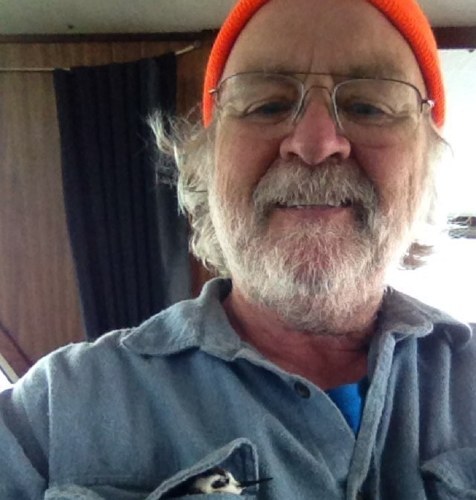
If you look closely you will see a tiny Storm Petrel, one of thousands that came to my restored ocean pasture. The tiny bird had collided with the rigging of the boat and was knocked out. She warmed up in my pocket and slowly recovered 2013 – click to enlarge
Once our work was well underway and the ocean pasture had become a verdant green bloom the seabirds appeared in tremendous numbers. One morning while the ship was drifting without power as we’d pulled a very long and late night science session I was awake and on the bow of the ship before dawn. I could hear birds but couldn’t see them very well.
Turning on the ships lights the birds became visible, thousands of them perhaps tens of thousands. We were in the center of the vast plankton bloom that I had created by taking dust back to the lifeless clear blue desert sea and it had returned the ocean to life. The sound of the joyous birds as dawn broke was such a cacophony that one could barely hear the roar of the ships might diesel engines.
On many days and many times each day we would be accompanied by the greatest of the great whales. Often the whales were counted by the score as it was difficult to count them one at a time they were so many. They had sensed their ocean pasture blooming and swum in from 1000 miles around to feed. On one occasion a pair of Mother Fin Whales, notoriously shy, with their calves swam right up to the side of my research ship.
My captain who was 70+ years of age, and a naturalist by inclination, was jumping in glee on the bow of the boat saying, “In 50 years at sea I’ve never seen anything like this, they are winking at us.”
While my 2012 ocean pasture restoration project was intended to prove my technology and methodology has been attacked by both climate change denialists, dark green organizations who profit from selling doom and gloom, and some establishment fisheries management guilds — IT JUST WORKS!
Bearing witness to the fact that we can immediately restore and regenerate ocean pastures on behalf of all of ocean life and more were hundreds of millions of additional salmon that swam home from my pasture to become the largest catch of salmon in all history.
My 2012 ocean pasture replenishment and restoration work in the NE Pacific returned the ocean to life as seen in the largest catch of salmon in all of history in Alaska the next year. CLICK TO READ MORE
Join me to restore ocean pastures around the world on behalf of the great whales, the fish, and our grandchildren. DO or DO NOT the choice is yours.









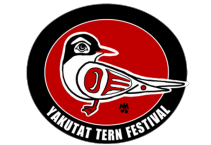
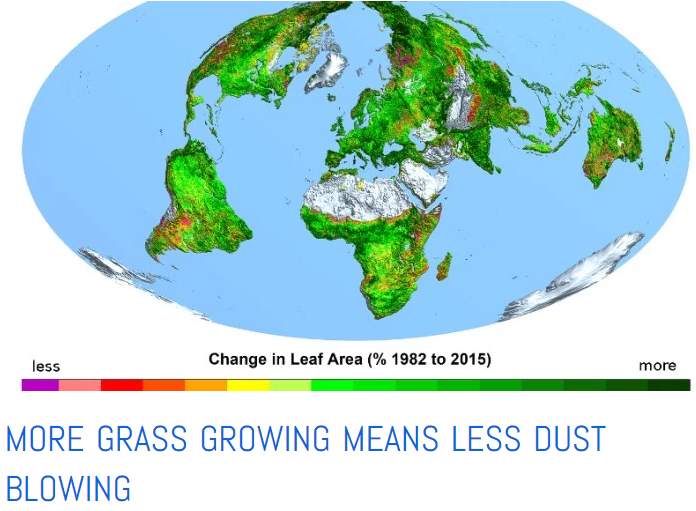
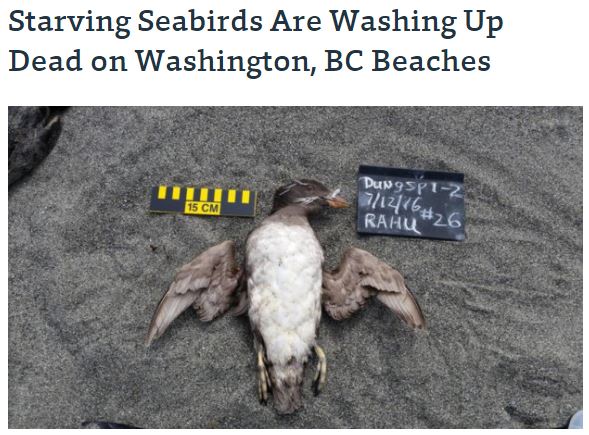
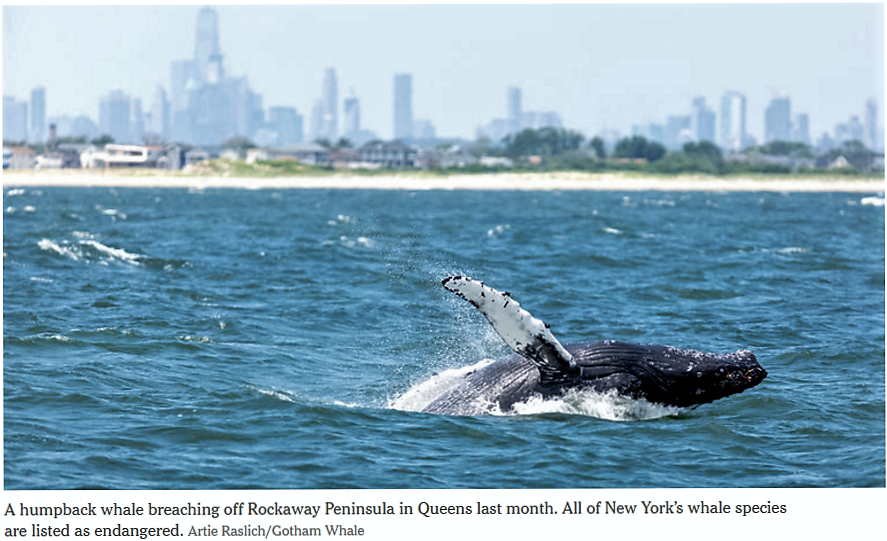

Sea bird seal and whale populations will crash as overfishing continues ; will “humans populations crash soooon!